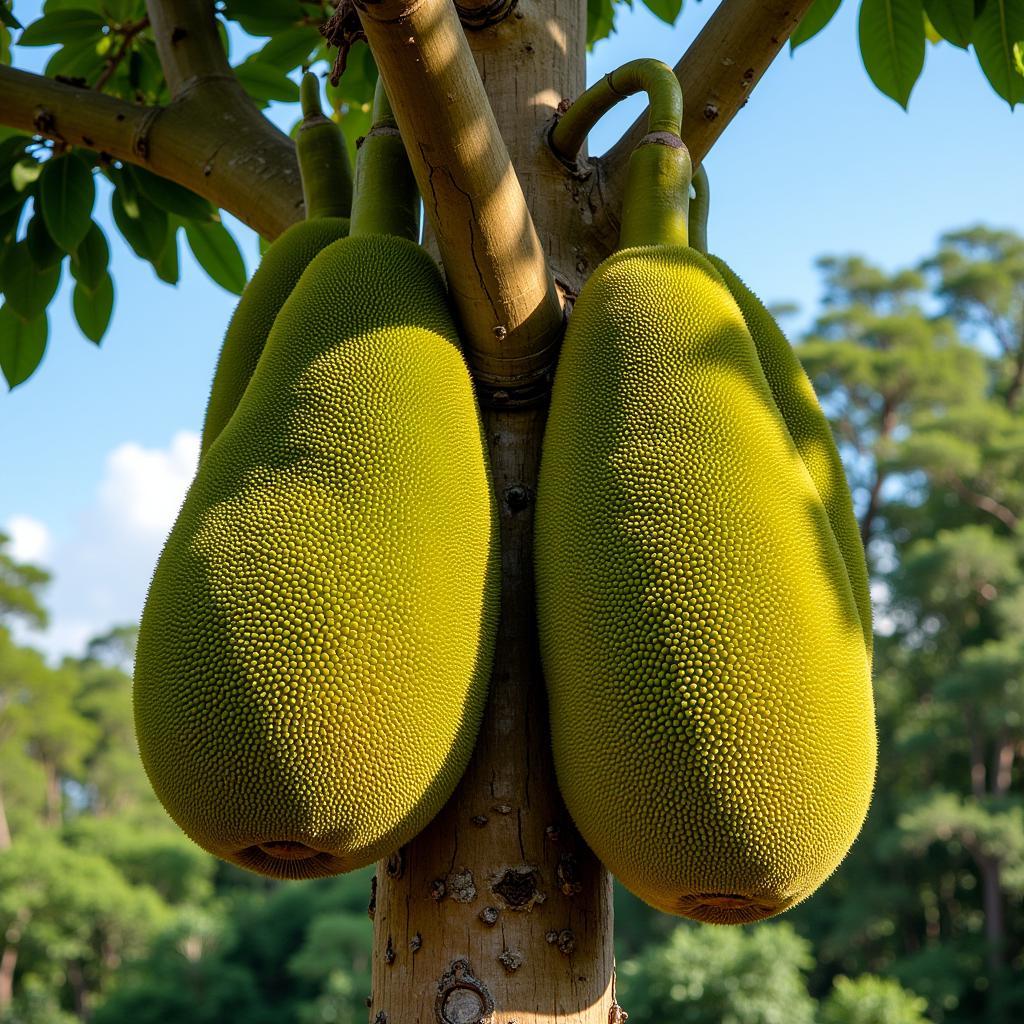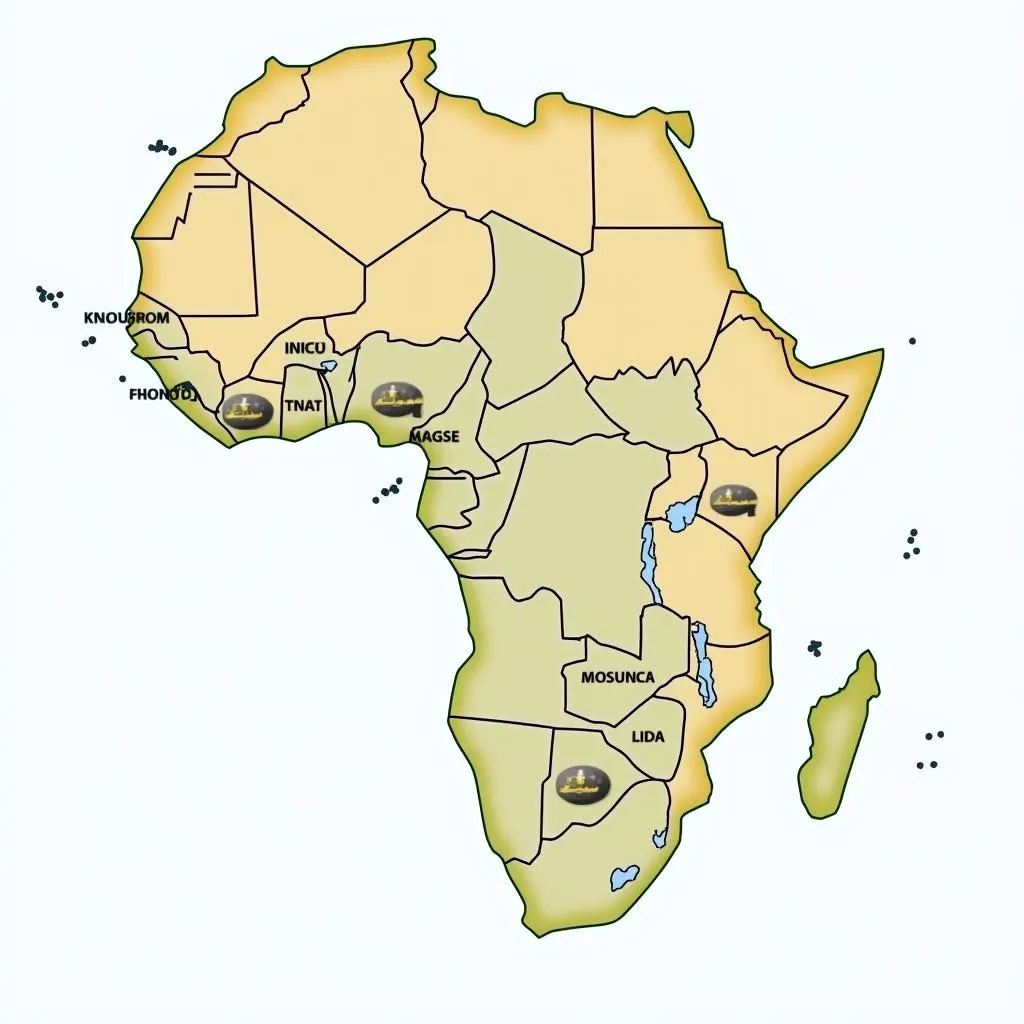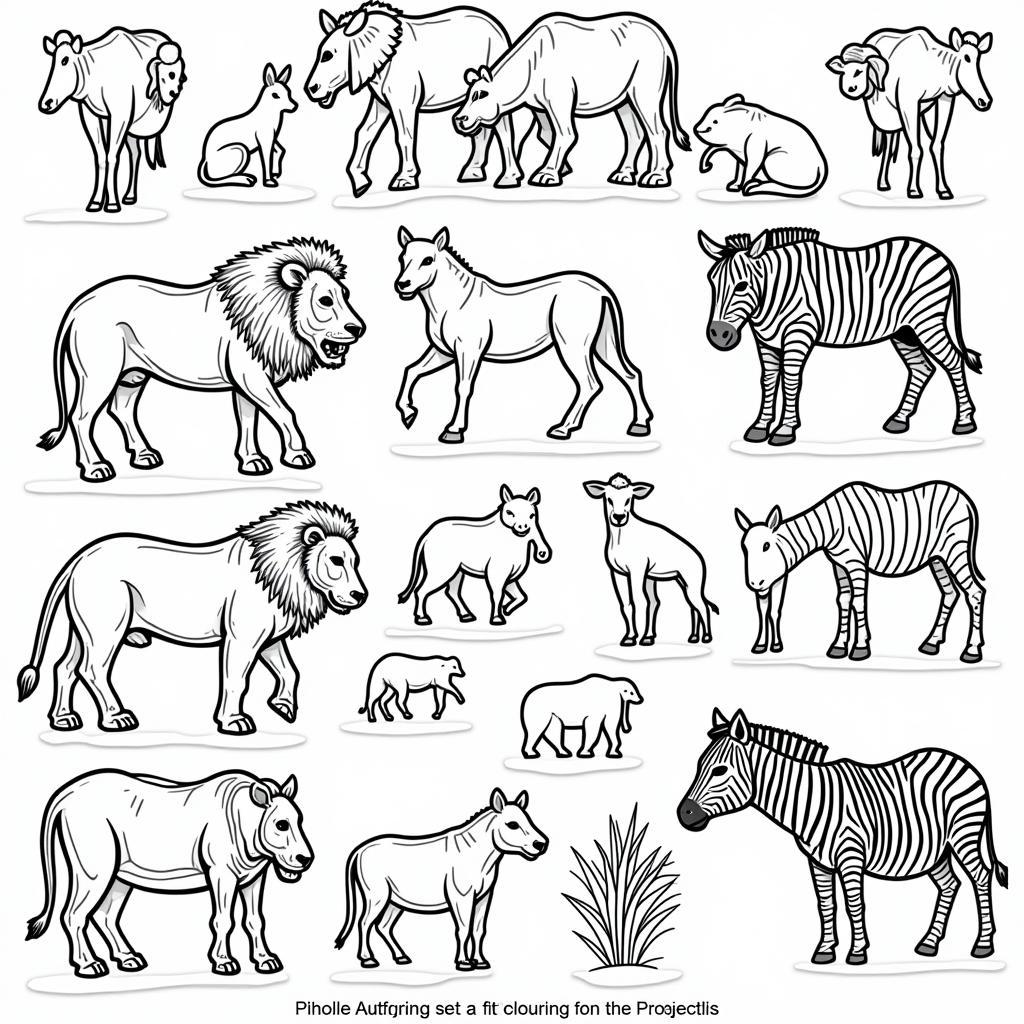Unveiling the African Jackfruit: A Taste of the Tropics
The African Jackfruit, also known as the “tree breadfruit” or scientifically as Treculia africana, is a unique fruit native to tropical Africa. Far from a simple culinary curiosity, this fascinating fruit plays a vital role in the lives and traditions of many communities across the continent. Let’s delve into the intriguing world of the African jackfruit, exploring its diverse uses, cultural significance, and the delicious potential it holds.
More Than Meets the Eye: Exploring the African Jackfruit
 African Jackfruit Tree in Bloom
African Jackfruit Tree in Bloom
Unlike its namesake, the tropical jackfruit (Artocarpus heterophyllus), the African jackfruit comes from a completely different family, Moraceae. It thrives in the humid rainforests of West and Central Africa, bearing large, round to oblong fruit that can weigh up to 15 kilograms! The outer skin, green when unripe and turning yellowish-brown as it matures, is hard and knobbly. Inside, you’ll find numerous edible seeds encased in a fibrous pulp.
A Nutritional Powerhouse: Unlocking the Benefits
Don’t let the unusual appearance fool you! The African jackfruit is a nutritional powerhouse packed with essential vitamins, minerals, and fiber. The seeds, the most widely consumed part, are rich in protein, carbohydrates, and healthy fats. They are also a good source of:
- Potassium: Essential for maintaining healthy blood pressure
- Magnesium: Crucial for muscle and nerve function
- Iron: Vital for red blood cell production
- Zinc: Important for immune system health
Culinary Delights: From Savory Stews to Sweet Treats
Across Africa, the African jackfruit is a staple ingredient in both everyday meals and special occasion dishes. Its versatility shines through in a wide range of culinary creations. Here’s how different parts of the fruit are enjoyed:
- Seeds: Typically boiled or roasted, the seeds offer a nutty flavor and a texture reminiscent of chestnuts. They are commonly added to stews, soups, and sauces, or ground into flour for baking.
- Pulp: While fibrous, the pulp surrounding the seeds is often used to thicken soups and stews, adding a unique texture and subtle sweetness.
- Young Fruit: In some regions, the young, tender fruit is cooked and eaten as a vegetable.
Beyond the Plate: Traditional Uses and Cultural Significance
The African jackfruit’s significance extends far beyond the culinary realm. For centuries, communities have recognized its diverse properties and incorporated it into various aspects of their lives.
- Medicinal Uses: In traditional African medicine, different parts of the tree, including the bark, leaves, and fruit, have been used to treat a range of ailments, from digestive issues to skin infections.
- Timber: The tree’s strong, durable wood is highly valued for construction, furniture making, and crafting traditional tools and utensils.
- Cultural Importance: In certain cultures, the African jackfruit holds symbolic meaning and is often featured in ceremonies and rituals, representing fertility, prosperity, and good health.
A Glimpse into the Future: The African Jackfruit’s Potential
As the world embraces sustainable food sources and rediscovers the richness of indigenous ingredients, the African jackfruit stands poised to gain wider recognition. Its nutritional value, culinary versatility, and environmental resilience make it a prime candidate for promoting food security and diversifying global cuisines.
Conclusion
The African jackfruit, a true testament to Africa’s biodiversity, offers a glimpse into the continent’s rich culinary heritage and its deep connection to nature. From its nutritional prowess to its cultural significance, this remarkable fruit continues to nourish, heal, and inspire generations. As we celebrate the flavors and traditions of Africa, let’s embrace the African jackfruit and unlock the potential it holds for a more delicious and sustainable future.



